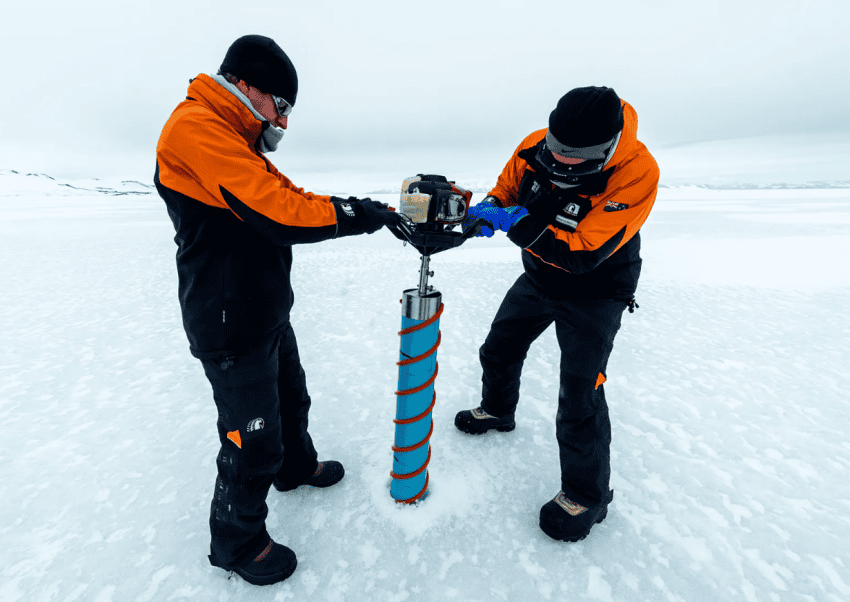We’re back with another article in our series on climate change! It’s been a hot minute (har-dee-har-har) so let’s take a moment to recap what’s happened since our last missive.
- Plastic continues to be a major concern, in fact it’s in testicles now
- But hey! The good news is that the western drought was somewhat abated by an exceptionally wet El Nina year
After spending an inordinate amount of time online I discovered a crucial fact that is inspiring today’s article.
Most people aren’t research biologists! I know, shocking right?! While I only had a handful of years as a professional research biologist I feel that it’s my journalistic duty to bring y’all up to speed with the data. I’m not talking data dump, I’m talking let’s teach you about the metrics researchers use to track climate sciences.
Here are a few of the key indicators that many researchers use to investigate the human impact on our changing climate:
- Peak annual air temperatures
- Ocean temperatures
- Ocean pH
- Atmospheric carbon
- Atmospheric methane
- Rainfall averages (timing and location)
- Flower bloom
- Insect hatch (timing and composition)
- Long-term solar cycles
While there are countless other metrics researchers use to better understand the human influence on the planet’s ecosystem, these are the easiest to understand. They are also the most widely understood and tracked so give us the clearest picture of what is happening.
This summer, we’re going to break down the science behind each metric and we’ll provide you with enough detail for you to understand where and how this data is collected, by whom, and how it informs larger climate models.
This is a learning process for all of us! I’m not a climate researcher, my own background was in habitat restoration ecology (what people needed to do to a specific ecosystem to improve conditions for specific species, mostly salmon) and water quality (how land management actions impacted stream health). I don’t hold a PhD so many might consider my paltry undergraduate degree in the subject hardly expertise, but I did work for many land management agencies throughout the state of Oregon and walked hundreds of miles of forest and stream, and as a lifelong outdoors enthusiast I’ve seen the changes, albeit subtle, in many of the metrics long tracked by humans (first bud burst and first frost are some of the most obvious changes, as are timing and duration of winter storms).
This preface is to say that because I’m not an expert, I’m going to be learning alongside you. Together we can take this journey of understanding. I’ve done enough reading to understand the basics of climate science, and my academic and professional research make it a bit easier to understand the more complicated aspects of the science, but my goal with this series isn’t to show you how smart I am, I’m a dumb dumb. The goal of this series is to show you how researchers come to the conclusions they come to, what data they look at, and what consensus looks like in the scientific community (Spoilers! It’s really ugly and often messy).
Please keep an eye out for the next article in the series where we dig into the deepest and oldest of Earth’s waters, the polar ice caps. We’ll be looking at ice core samples, how they are collected, what they mean, and what the data shows. During the summer we’ll journey up towards the equator and examine ocean acidification, then make landfall where we’ll look at the terrestrial data. Finally in the fall we’ll head towards the highest points of our home and look directly at the atmospheric data collected by thousands of independent researchers around the world.
Happy learning!
If you’re interested in getting a preview, check out what 68,000 years of climate history looks like in the ice!
What does a two-mile long ice core “time machine” look like when stored @NSF_ICF? Here’s 2800m of the 3400m deep WAIS Divide ice core in the -36C freezer. The facility stores 22,000 meters of ice core. pic.twitter.com/9MWJkcznO6
— Dr. Peter Neff (@icy_pete) June 15, 2022


